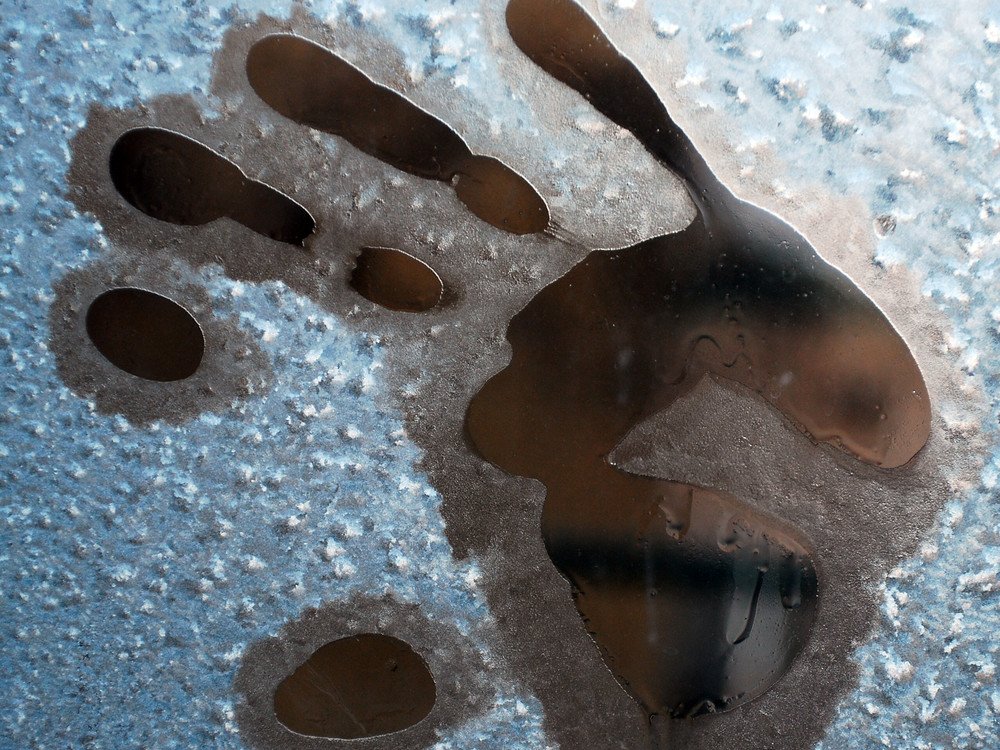When you think of humidity, it probably conjures up memories of stuffy, sticky summer camping trips, or the dry mountain air of skiing season. To most, humidity is rarely in the conversation when it comes to home comfort. However, it’s a real concern that affects nearly every aspect of your home, from family health to wood flooring. If you’ve never considered its importance in your house, it’s time to start. Here are some of the reasons it’s integral to balance the humidity in your Columbia, Maryland, home.
Understanding Absolute Humidity Vs. Relative Humidity
To understand the impact that humidity has on your home, it’s important to understand humidity at its core. The basic reading of humidity is absolute humidity, which measures the amount of water vapor in the air, while relative humidity describes the amount of water in the air relative to the temperature. Because hot air can hold more moisture than cold air, relative humidity at a high temperature is far more noticeable than it is at lower temperatures.
When you watch the evening news or read the paper, the humidity expressed as a percentage is actually relative humidity. The aspect to remember is that absolute humidity and relative humidity are not interchangeable terms, and relative humidity has a more profound effect on indoor air quality.
Impact of Humidity on Indoor Air Quality
Indoor air quality is the most important factor when it comes to the breathability of the air in your home. If it drops below a certain level, you’re bound to suffer from respiratory problems. The real concern here is that most homeowners attribute poor air quality to pollen, dust, and other contaminants, ignoring the role that humidity plays.
Low humidity is one of the leading causes of ailments developed in the home. Dry, cracked skin, bloody noses, chapped lips, and dry sinuses are just a few of the health problems that can develop in low humidity. In addition, pre-existing conditions such as asthma or bronchitis can become aggravated.
In high humidity, other risks come to the forefront. This increase in moisture allows a number of microorganisms to thrive, including dust mites, bacteria, and mold. Dust mites can amplify the effects of respiratory issues, especially if they multiply in bedding and furniture. Mold and bacteria, such as the one that causes Legionnaires’ disease, are also potentially lethal if they multiply and enter air ducts, which eventually blows them into living areas.
Significance of Humidity on Your Home
While your family’s health is the foremost concern when it comes to indoor humidity, humidity also has a negative effect on your home. Namely, humidity wreaks havoc on the wood surfaces in your home. When humidity is too low, wood doesn’t have enough moisture to retain its form. Each grain or ring in the wood reacts differently to humidity, and when it’s not up to the right level, cracking and checking (which is the splitting of wood along the grain) begins to occur. Not only does this destroy hardwood flooring, furniture, and musical instruments, but it creates an expensive fix.
To fix furniture or wood flooring in a dry condition usually requires total replacement, although time-consuming repairs are sometimes an option. The problem here is that you can’t always tell if your relative humidity is lacking until it’s already damaged the wood surfaces in your home.
When the humidity in your home reaches a level that’s too saturated, it also has a detrimental effect. However, unlike low humidity, it’s easier to identify. If you notice excess moisture pooling on surfaces, as well as water forming on windows and walls, your home’s humidity is far too high. Excess moisture causes wood to cup or warp, as it can’t hold the moisture, destroying both engineered and natural hardwood flooring. In addition to wood destruction, high humidity can get into walls and underneath the flooring, encouraging rot over time. When this happens, all new flooring, drywall, or wall studs are the only solution.
Once again, there are telltale signs that humidity is adversely affecting your home, yet moisture inside the walls is hard to find, making it even more important to monitor your home’s humidity levels.
Identifying Poor Home Humidity Levels
Although excess moisture on walls and windows is relatively easy to spot, other times, it’s not so simple. Some of the more obvious signs of poor home humidity levels include peeling wallpaper or blistering paint, water stains on the wall, visible growth of mold in usual low-moisture areas, and even a musty odor in crawl spaces, the basement, or when turning on your air conditioner.
One interesting sign of low home humidity is an increase in static electricity, as well as frequent problems with appliances and other household electronics.
What’s the Ideal Home Humidity?
The perfect home humidity isn’t always easy to pinpoint, as it relies on personal tastes and outdoor temperatures. Ideally, home humidity should stay between 30 and 40 percent in the winter months, while the summer allows a bit higher rate from 40 to 60 percent, although going into the upper echelon of this range isn’t always easy. What exacerbates this problem is that you have to constantly watch your humidity as outdoor temperatures change.
How to Monitor and Adjust Home Humidity
Monitoring home humidity isn’t always the easiest task, especially if your home has outdated equipment. The easiest way to check your home’s humidity level is through a smart thermostat. These handy devices contain sensors that detect the relative humidity in your home, and some even make adjustments when used with compatible HVAC systems.
If you’ve just installed a thermostat without a humidity sensor, or you’re already satisfied with your thermostat, there are still ways to check your home’s humidity levels. A hygrometer is a device that uses mechanical or digital means to tell the humidity of a certain area, and it comes in two options. The easier version is a digital, or electric hygrometer. Although they’re the more expensive option, they only require batteries to work properly. Then, you only need to place the device in rooms throughout your home.
The second option is a mechanical hygrometer, which requires a far more complicated setup. While it gives a more accurate readout, it’s not nearly as practical. However, if you have a greenhouse, or you need a specific humidity for exotic woods or tropical plants, it’s not a terrible idea to give the mechanical version a try.
How to Get the Perfect Indoor Humidity
Even with the outside weather adversely affecting your home’s humidity, it’s far easier than you think to maintain the perfect indoor humidity. Depending on the outdoor humidity, it’s sometimes as simple as opening your windows for a short period. However, this is often an inconsistent way of managing humidity.
To get the perfect balance of indoor humidity throughout the house, your best bet is considering a humidifier or dehumidifier. Both have relatively easy installation and operate without much interaction. The first choice you need to make regarding these devices is whether you want a central unit or a portable one. Portable units are a solid choice if you have a room that requires an even humidity level, such as a child’s room or a music room. For a portable humidifier, you only have to worry about maintaining the water levels in the tank and changing or cleaning the air filter regularly. Dehumidifiers only need a filter cleaning.
For larger homes, a whole-home humidifier is the quintessential solution. When linked with a smart thermostat, this unit becomes a fail-safe for home humidity levels. Plus, you don’t have to worry about constantly monitoring the level of humidity. Although this option is more pricey, it gives you the convenience and versatility you just don’t have in a portable unit.
When it comes to humidity in your home, providing the perfect balance is the only way to ensure the integrity of your home and your family’s health. Once you’ve decided to make the leap and install a humidifier, you’ll need an expert team to provide quick and professional service. That’s when you give Griffith Energy Services a call at 888-474-3391. We’ll have your system humming along in no time, and you’ll enjoy perfect indoor air quality all year long.
Image provided by Shutterstock




